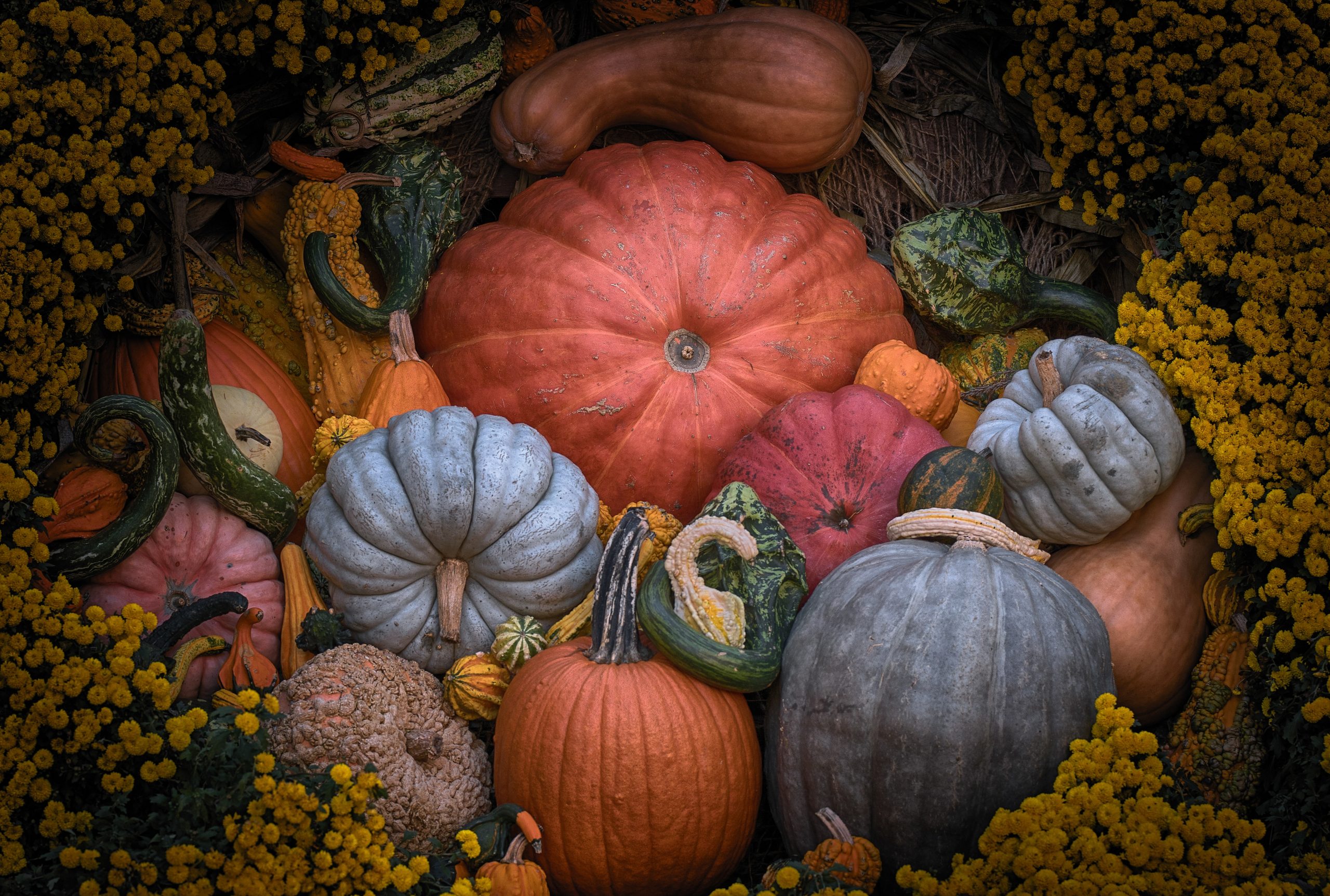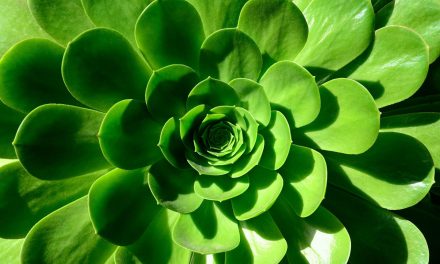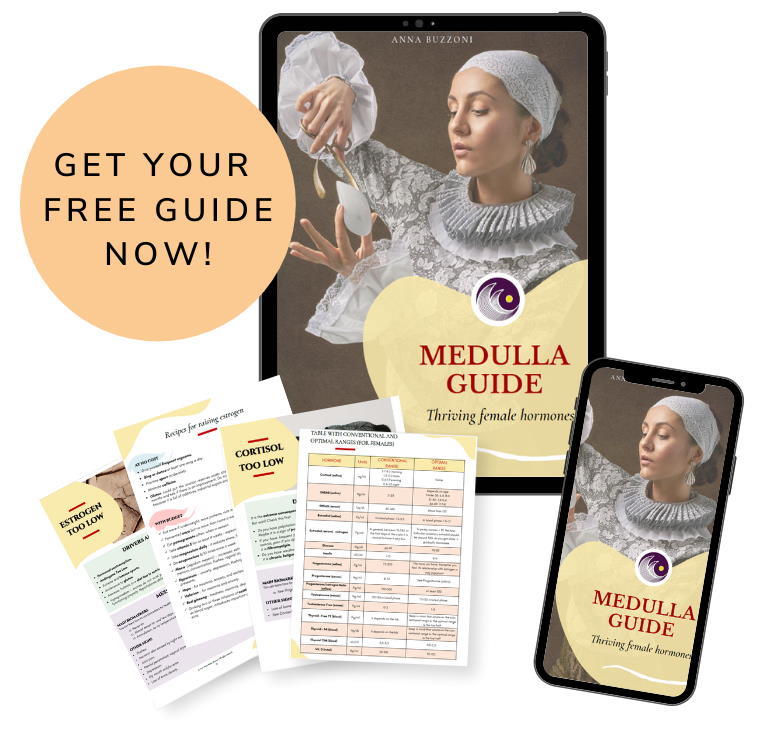In short:
- The simile between seasons and the menstrual cycle is popular metaphor.
- If we look at the science, however, we discover crucial similarities at all levels, and an underlying blueprint.
- We will focus on the fourth season, autumn, and the fourth menstrual phase, the luteal or premenstrual phase.
- The blueprint opens up unprecedented opportunities for knowledge transfer, circular design, regeneration, and ecological intelligence.
Seasons and the menstrual cycle – just a metaphor or a real blueprint?
From distinguished authors to rookies, (nearly) everyone has associated the menstrual cycle to seasons. However, most believe it is just a simile, a metaphor, an analogy. In other words, a figure of speech which has nothing to do with reality and science, but it is nevertheless useful to describe something that changes periodically with a pattern which repeats itself.
We dug deeper into the science, and found that, far from being a metaphor, they share an essential blueprint. Seasons and the menstrual cycle are indeed the same in so many ways: biology, biochemistry, neurobiology and physics among them.
What happens in autumn?
Autumn is the last season of the year, season number four. Let’s examine its major events.
Light and darkness start at equilibrium, then darkness grows
It starts with the autumn equinox, when the hours of light and darkness are in perfect balance. Since the equinox, the hours of darkness will increase and the hours of light decrease, until the winter solstice.

The season of harvest and maximum effort
It is traditionally the season of the largest harvest and effort for soil, plants, and animals, including us of course. Animals and plants have used this season to transform and store food to sustain themselves and the community until next spring since the dawn of complex life on planet Earth (yes, even plants form communities through their roots – or as the prominent neurobiologist Prof. Stefano Mancuso puts it – an internet of roots).
The introvert season that selects, protects and purifies
The effort of plants is also visible through the deep and lively pigmentation their leaves take: it has been discovered that the dramatic colors of maple trees are a very energy-consuming response that they adopt to protect themselves from predators that thrive in autumn. Trees use a tremendous amount of energy to change their colors, only to lose their leaves a few weeks afterwards. The deep red color sends a threatening message to parasites and predators: look how strong and vigorous I am – better leave me alone!

Plants prepare for winter by releasing everything that is not needed anymore, like leaves, with a centrifugal dynamic. If spring and summer are extrovert seasons, where everything springs up and outward, autumn is an introvert season, where everything falls downward and inward – think of the seeds that fall and then go inside the soil.
The season of transformation
The air becomes a little cooler but the earth is warm, thanks to the leaf carpet and the bacteria busy on decomposing waste and transforming it into nourishment for the prolific life that we find beneath the ground, like roots, fungi, worms, etc.
What happens in the luteal phase, also called the premenstrual phase of the menstrual cycle?
The luteal phase of the menstrual cycle is the last phase before the new cycle, phase number four.
Estrogen and progesterone start at equilibrium, then progesterone grows
It starts the day after ovulation, when the two ovarian hormones, estrogen and progesterone, are in perfect balance. Very quickly, progesterone will rise and dominate over estrogen until next menstruation.

Wikicommons. Attribution Isometrik / CC BY-SA
While estrogen stimulates logic and focus, progesterone has a calming, relaxing effect over nerves and muscles, it releases them. It also promotes sleep quality and sleep spindles [1]. Progesterone stimulates our right hemisphere, which is thought to be more prone to function through intuition, melodies and feelings [2].
Our rational, focused mind abdicates leadership – after keeping it for the whole follicular phase, thanks to estrogen – to the advantage of our intuitive mind, which puts us more in touch with the subconscious, what’s inside and underneath, there light does not arrive. Progesterone gives us better judgment and wisdom. In fact, we are more able to interpret the body language of others, and therefore, their emotions [3].
The power of darkness increases, where darkness is the complementary force of light (Reason). Darkness is the place that the focused mind cannot reach and investigate.

In darkness lie the subconscious, dreams, roots, the raw core, emotions and altered states of conscience. Neuroscience tells us that this place is most important for creativity as well as physical and mental health.
The luteal phase is the time of maximum effort
The premenstrual (or luteal) phase is when the last, biggest effort for our body takes place – especially the uterus, which now has fully matured, not only in size, and is able to feed and sustain a potential pregnancy.
Metabolism increases to be able to give all the much-needed nutrients that can sustain this effort. Therefore, it is normal to feel hungrier: women are literally burning more calories.
The introvert phase that selects, protects and purifies
During the luteal phase, the body will be able to decide what needs to live and what needs to die inside the uterus. Once the decision is made, it will enact a centrifugal dynamic that will take the shape of a secretory uterus (a uterus that feeds new life) or menstruation. In the first case, the dynamic is centrifugal and inward, in the second case is centrifugal and downward.
The uterus is not as inflated and tense as before (at ovulation) but has become more porous and relaxed to allow for nesting of the fertilized egg. The cervix descends the vaginal canal.
Women’s immune system picks up again, after dropping at ovulation (otherwise sperm would not be able to survive, since it is an alien body) but not all of it: white cells (the smart ones) increase, while other “sniper” cells are kept low, again, to avoid killing the fertilized egg, which contain alien genetic information. This type of response (Th2-Type) is most effective against toxins and parasites.
More in general, it is easier to get rid of toxic habits during the premenstrual phase, like smoking.
The premenstrual phase is where major transformation can happen
Our body temperature rises under the effect of progesterone, and “fire” has profound purifying and transforming qualities. The uterus is now a cauldron (again, not a metaphor, since it has the shape and the function) where a magic potion of blood and nutrients – which is concocted only for this occasion and it is quite different from regular blood with 385 unique proteins and even stem cells – can give shape and life to a brand new organ, the placenta, and an almost fully-formed human being (did you know that humans should have a gestation of 21 months to be born fully formed, like all other animals? Most of the gestation happens, in fact, outside of the uterus, and that is why the first 12 months after birth are so crucial for both parents and baby).
Practical applications to menstrual health: regenerative solutions based on circular design
Seasons and the menstrual cycle have a lot in common because they are different shapes – or frequencies – of the same blueprint. Max Planck and Albert Einstein demonstrated that energy equals mass, mass equals frequency and if there is mass there is a clock.
Studio Medulla is a pioneer in researching this thriving blueprint, or clock if you like, and its applications. We call our approach circular design thinking, or regenerative solutions based on circular design. Applications are virtually endless, but especially interesting to menstrual health.
Science does not know much about the menstrual cycle because we lost most of the knowledge that had been acquired in the past through witch burning (witches were natural healers and midwives, who were keeping alive the old religion, the religion that preceded Greek and Roman deities as well as Christianity).
On top of that, stigma has tainted our understanding of a woman’s body and mind. Think for example of the word hysterical, which means “uterus”, or the fact that women have been systematically excluded from clinical trials until the 90s. Or again, the fact that until 2019 no single anatomy book contained a full representation of the clitoris.
The cyclical blueprint opens up tremendous opportunities for:
- Knowledge transfer: if cycles behave the same, then we can understand unbalances and remedies by observing other cycles.
- Demystifying culture: by observing and applying the cyclical blueprint or circular design, we can offer a more authentic, empowering and dignified view of menopause, menarche, and even age.
- Restoring the connection with inner and outer clocks: people can surf energies, predict events and have a more authentic “measure” of their inner and outer world.
- Nurture and deepen ecological intelligence: we are nature, and the deeper our awareness of this simple beautiful truth, the more aligned will be our economic and societal models. If we are nature, by adopting its own thriving blueprint we will also thrive.
References:
[1] Matthew Walker (2017) Why we sleep. Penguin
[2] Christiane Northrup (2010) Women’s body, women’s wisdom. Bantam Book
[3] Daniel Levitin (2020) The Changing Mind: A Neuroscientist’s Guide to Ageing Well. Penguin







